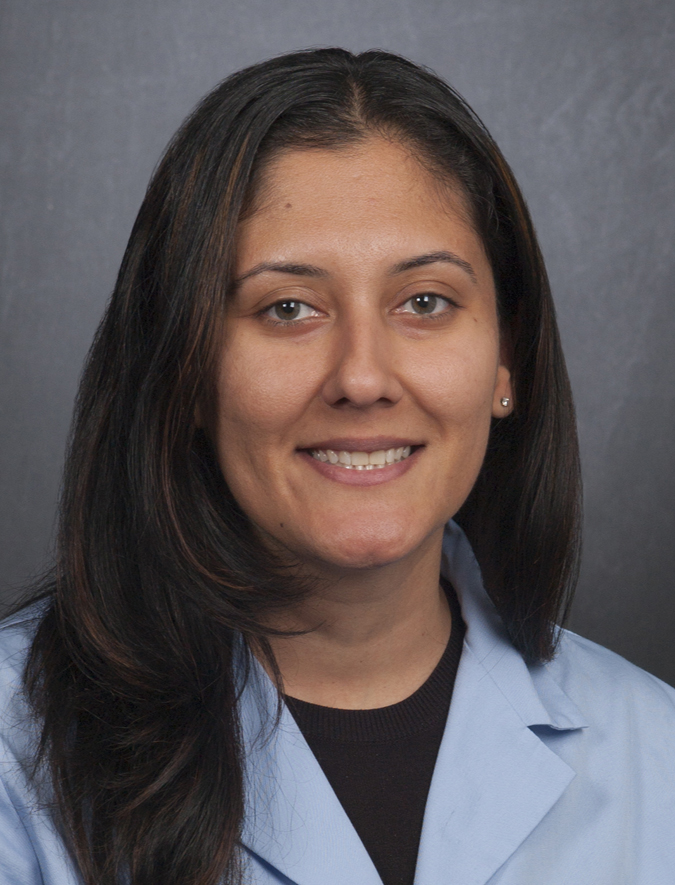Glaucoma Service
Loyola Ophthalmology cares for the most complicated cases of glaucoma and has two fellowship-trained glaucoma specialists.
Our physicians can care for the following types of glaucoma:
- Acute Angle Closure Glaucoma: sudden closure of the eye’s drainage system, with a dramatic increase in intraocular pressure.
- Chronic Angle Closure Glaucoma: slow, progressive closure of the eye’s drainage system
- Primary Open Angle Glaucoma: the most common form of glaucoma, in which the drainage angle is open but does not allow fluid to drain adequately.
- Pseudoexfoliation Glaucoma: fibrillary material produced in the eye clogs the drainage system.
- Pigmentary Glaucoma: pigment released from the iris clogs the drainage system.
- Angle Recession Glaucoma: caused by damage to the drainage system from recent or old injury
- Neovascular Glaucoma: disorders such as diabetes or blockage of retinal veins cause blood vessels to proliferate on the iris and in the eye’s drainage structures.
- Congenital Glaucoma: the eye’s drainage system forms abnormally during development.
Our glaucoma specialists use these diagnostic tools and surgical interventions to treat glaucoma patients:
- Measurement of intraocular eye pressure (IOP). Elevated IOP is a major risk factor for the development of glaucoma. Optic nerve damage becomes more likely as the IOP increases.
- Assessment of the optic nerve. A slit lamp microscope is used to determine whether or not there are changes in the optic nerve.
- Evaluation of a patient’s visual field. Glaucomatous damage produces characteristic defects in the visual field.
- Eye drops to reduce intraocular pressure. Several different classes of glaucoma medications are available to provide pressure reduction including beta-blockers, prostaglandin analogues, alpha adrenergic agonists, miotics, and carbonic anhydrase inhibitors. These medications work by either reducing the rate at which fluid in the eye is produced or increase the outflow of fluid from the eye.
- Laser treatment to open the drainage angle and reduce intraocular pressure.
- Surgery to create a new passage for fluid drainage. Surgery is usually reserved for cases that cannot be controlled by medications and/or laser treatment.
- Drainage implants --- A tube inserted into the eye shunts aqueous fluid to a silicone plate that is attached to the sclera (the white portion of the eye).
- Trabeculectomy --- An opening, surgically created under a trap-door incision in the sclera, allows aqueous fluid to drain. Anti-scarring medications such as mitomycin or fluorouracil are commonly applied at the operation site to reduce scarring that could close the trap door.
Meenakshi Chaku, MD
Assistant Professor
Clinical Expertise
- Director, Glaucoma Service
- Glaucoma
- Comprehensive Ophthalmology
Locations
Loyola Outpatient Center
Loyola Center for Health at Oakbrook Terrace North
Loyola Center for Health at Burr Ridge
Edward Hines, Jr. VA Hospital
Robert J. Barnes, MD
Clinical Associate Professor
Specialties
- Glaucoma Management and Surgery
- Complex Cataract Surgery with Glaucoma
Locations
Loyola Outpatient Center


